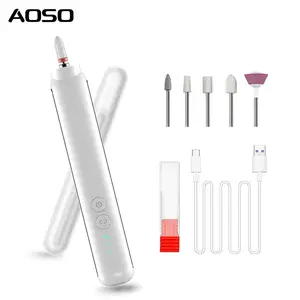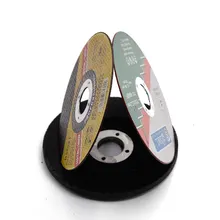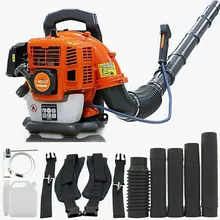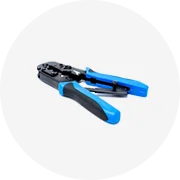

Fengyi Đầu Khoan Tiêu Chuẩn S1 Tùy Chỉnh Mũi Khoan Vương Miện Chữ U Có Thể Lập Chỉ Mục CNC Tốc Độ Cao


Có thể sạc lại móng tay khoan máy cụ Mini Home sử dụng vẻ đẹp thiết bị tẩy tế bào chết đánh bóng làm móng tay bút
Sẵn sàng vận chuyển


Tùy chỉnh tốc độ cao có thể lập chỉ mục nhanh chóng khoan bit CNC Lathe 2D/3D/4D/5D u loại nhanh chóng khoan bit với nội bộ làm mát nước lỗ





































 浙公网安备 33010002000092号
浙公网安备 33010002000092号 浙B2-20120091-4
浙B2-20120091-4